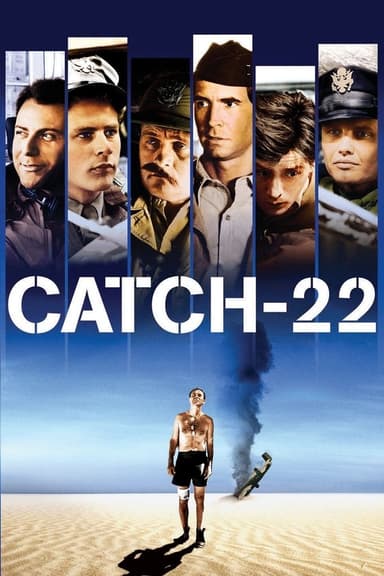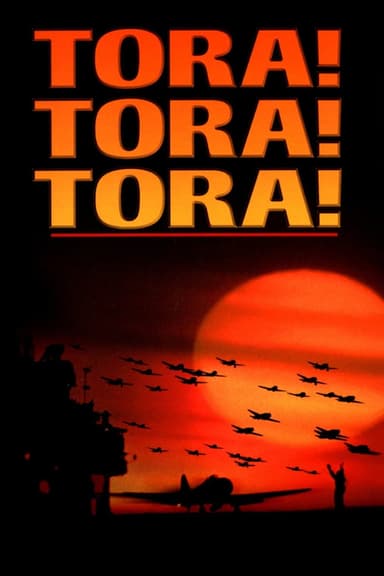
War Horse
2011 • Adventure, History, War • PG-13
On the brink of the First World War, Albert's beloved horse Joey is sold to the Cavalry by his father. Against the backdrop of the Great War, Joey begins an odyssey full of danger, joy, and sorrow, and he transforms everyone he meets along the way. Meanwhile, Albert, unable to forget his equine friend, searches the battlefields of France to find Joey and bring him home.
Runtime: 2h 26m
Why you should read the novel
Reading Michael Morpurgo’s 'War Horse' invites you into the mind and heart of Joey, the horse, as he experiences the horrors and hopes of World War I. The book offers a unique narrative voice, told from Joey's compelling perspective, allowing readers to feel his emotions, fears, and loyalty far more deeply than a film possibly can. Through detailed prose and sensitive storytelling, Morpurgo crafts a harrowing yet hopeful journey that not only educates about history but also fosters empathy and connection.
Choosing the book over the movie provides the opportunity to engage in your own imagination, filling in landscapes and characters as you see fit, unrestricted by cinematic choices or time constraints. Morpurgo’s writing is accessible yet profound, making 'War Horse' a moving read for both younger audiences and adults. The themes of friendship, resilience, and the futility of war are explored in greater psychological depth, offering a more intimate understanding of the devastation and unexpected kindness found in wartime.
Readers will find that the novel’s emotional power lies in its quiet moments, reflective passages, and the careful development of relationships between Joey and the humans he meets. If you desire a story that leaves a personal imprint and lingers far beyond the last page, the original novel is an unforgettable way to experience 'War Horse.'
Adaptation differences
One of the most significant differences between Michael Morpurgo’s 'War Horse' novel and Steven Spielberg's film adaptation is the narrative perspective. The novel is written from the first-person viewpoint of Joey, the horse, allowing readers intimate access to his thoughts and feelings. The film, however, reframes the story in the third person, focusing more on the humans around Joey and, as a result, altering the emotional focus of the narrative.
The structure and pacing of the story are also transformed in the adaptation. While the novel spends considerable time with Joey’s successive owners, exploring how each shapes his journey and worldview, the film condenses or omits some of these episodes for narrative efficiency. This results in a story that, while visually impactful, glosses over certain character subtleties and relationships present in the book, such as the nuanced bonds between Joey and some of the soldiers or farmers he encounters.
Another major departure involves changes in tone and level of violence. The novel, as intended for younger readers, presents the harrowing wartime experiences with sensitivity and restraint. Spielberg’s adaptation, although not excessively graphic, presents war scenes with greater realism and intensity, which may be overwhelming for younger viewers or those expecting the book’s gentler tone. This shift changes the way the story’s message is conveyed and received.
Lastly, the film emphasizes spectacle and grand visual sequences, making use of cinematic tools like sweeping shots, orchestral music, and dramatic set pieces. This inevitably shifts focus from internal development and moral ambiguity to external action and sentimentality. Readers who appreciate the reflective, personal touches of Morpurgo’s prose may find the movie’s adaptation less nuanced, trading introspection for drama and emotional immediacy.
War Horse inspired from
War Horse
by Michael Morpurgo









